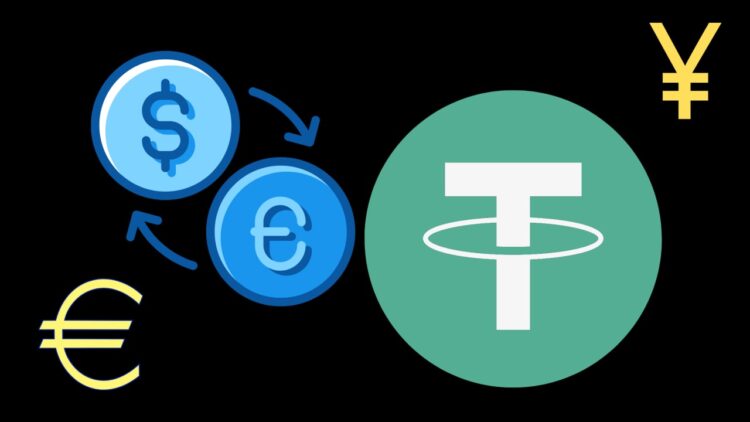Martin Hargreaves, the Chief Product Officer at the Quant Network, recently partook in a webinar that discussed the possibility of the masses adopting Central Bank Digital Currencies (CBDCs). The webinar was co-hosted by the Digital Euro Association and Digital Pound Foundation.
The fungibility and interoperability of money were discussed. At the conference, Martin Hargreaves noted that CBDCs and Stablecoins would need seamless for them to work successfully.
While CBDCs and Stablecoins have been tipped to replace regular fiat, both instruments are yet to gain so much traction to push the pounds or dollars to the sidelines.
Why Stablecoins and CBDCs are yet to Gain Traction
Digital currencies have had to battle significant adoption hindrances. More recently, stablecoins have lost much trust from the masses due to their exposed volatility. Terra’s UST was nothing to write about, and Tether, the world’s most famous stablecoin, has had too many red flags to be recognized as a standard.
Perhaps a more pressing point in the digital money debate is the need for fungibility and interoperability. If stablecoins and CBDCs are to be widely used, there will be a need for seamless conversion of fungibility.
As illustrated by a representative of the Quant network, an outdated $20 note is still valuable. The note can be taken to the Central Bank and exchanged for a modern $20. However, although having a $20 value, the note will not be accepted at regular selling points, making the bill non-fungible.
Stablecoins and CBDCs have similarities with an outdated bill in that they are not widely accepted at all points. Additionally, it is vital to consider interoperability. MasterCards are widely accepted on multiple payment platforms. For stablecoins or CBDCs to be adopted, they will need to achieve a similar level of acceptance and interoperability shortly.










